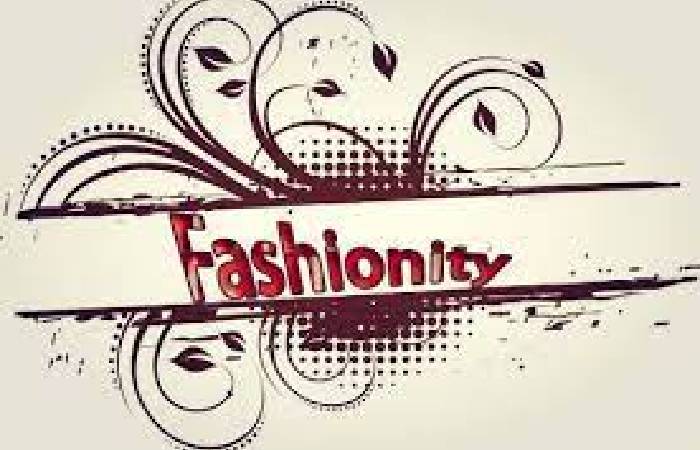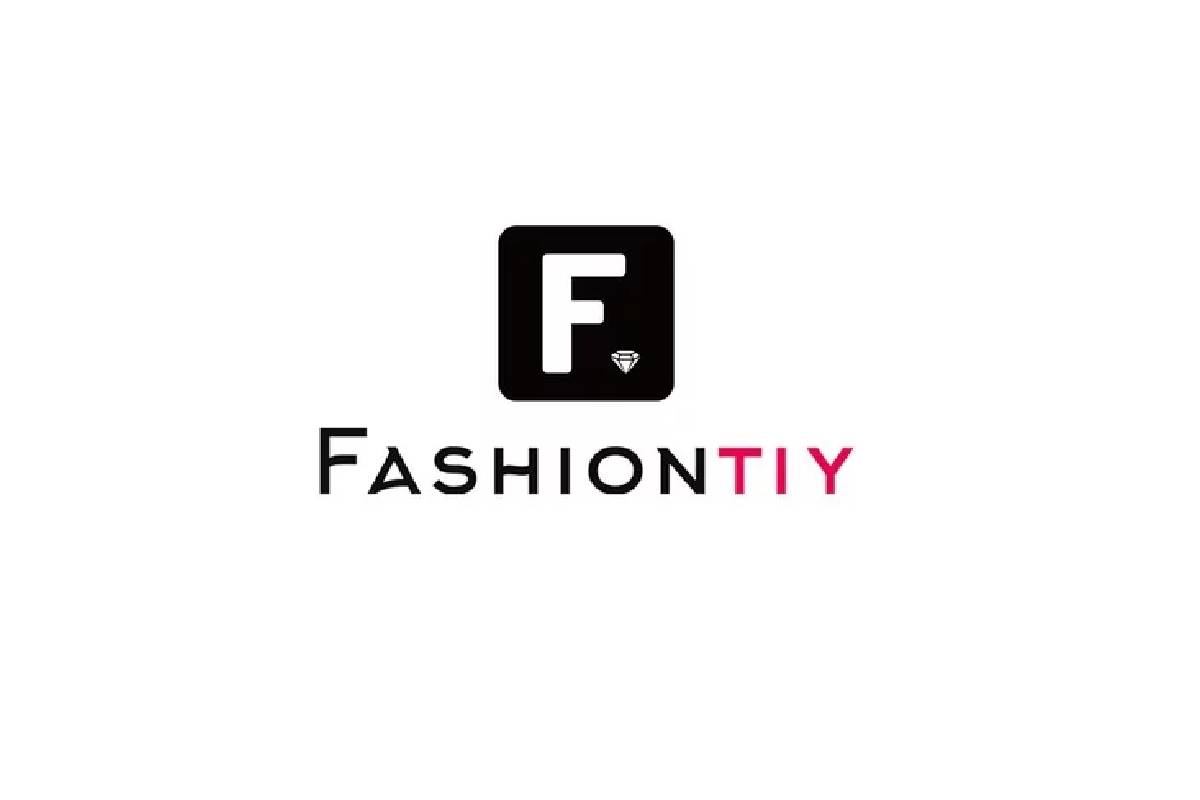The intelligent fashionity wardrobe was linking software applications and hardware wardrobe. To better manage fashionity inventory, better realize each dress’s value and highlight the best appearance.
Table of Contents
Inspiration

Real World Problem 101: People spend too much time decide what to wear for the day it except the programme because we always dress the same). Often choosing OOTD can disastrous that you must search your entire close to match your mood with the best outfit. Dressing in the wrong FASHION can finish up existence judge by the passerby—what a shame. According to statistics, an average person buys 60% more clothes annually, which leads to significant clothing waste. The man can forget that the wardrobe is overload when it comes time to go shopping. This project aims to manage fashion inventory better, understand each dress’s value, and achieve the best look possible.
The Functions OF fashionity
Fashionity consists of three elements:
a) The Chamberlain (clothes folding and sorting machine)
It’s automatic folding and storage of clothes in the closet.
b) (Virtual Mirror – replaced by computer for demonstration)
Hand gesture-controlled image capture of your bandage
Analyze and classify the dressing room, thus update the cloths collection database.
c) The window (web application.)
See all clothing collections, matching wardrobe
It’s virtual clothing fittings to handle all the mess.
How we built it
a) Material part:
Due to the time limit, cardboard is chose to build the costume. Then, Arduino Unos with servo motors are programmes to fold clothes automatic and store them in the close.
b) Part of the software:
Cloud ML -> Algorithmia Machine Learning API is implements to detect fashion and classify clothing.
OpenCV with Python is used to detect the hand gesture to trigger image capture.
Nodejs, with Express and Pug, to create a web application.
The challenges we encountered
We use recycled cardboard and boxes to build our hardware frame for defective materials.
Lack of proper tools to classify material easily and lack of more straightforward ideas for demonstration purposes.
Analyze the image of dressings and identify clothing categories. The difficult increase, especial when fashion comes in many combinations.
Achievements we are proud of
It successfully built decent clothes folding machine.
Able to detect and categorize clothes.
Able to update the database of each clothing category.
The framework of the project is complete, showing the interrelationships of each component separately. And how each of them strives for a predictable prototype.
What we learned
Use limited resources and knowledge to partially complete a multidisciplinary project
Appreciate the open source community that makes technology
more accessible
Good teamwork cuts anxiety in half
What’s next for
It’s real-time tracking of clothes in the closet facilitates storage and retrieval.
Classification of garments in the folder
Support for clothes selection via APP and automatic recovery of clothes.
Suggest appropriate clothing based on weather, mood, and freshness.
To get feedback via social media on the outfit of the day.
AR clothing test on a one-sided mirror.
Suggest donating old clothes.

